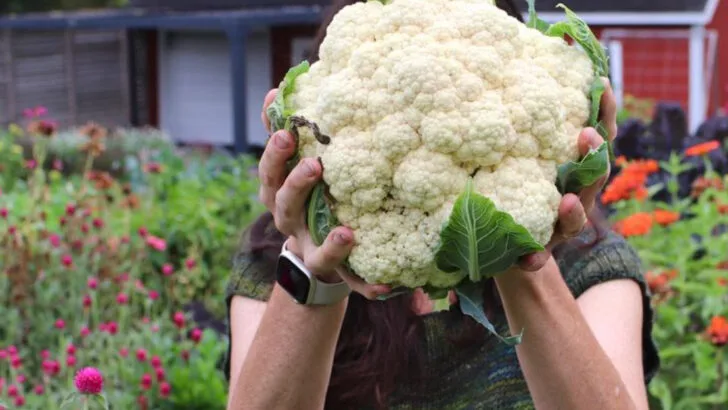Gardening during the summer heat can be challenging, especially when many vegetables bolt—meaning they prematurely flower and go to seed, often ruining your harvest. Understanding which summer veggies are prone to bolting and which ones stay patient can make all the difference in planning a successful garden. Bolting can be frustrating for gardeners, but knowing your plants’ tendencies helps you choose wisely and time your planting perfectly.
This guide breaks down 12 common summer vegetables that tend to bolt early, along with 6 reliable varieties that resist the heat and keep producing longer. By recognizing the signs and characteristics of these plants, you’ll learn to avoid wasted effort and enjoy a more fruitful growing season. This insight is especially valuable in warmer climates where the heat accelerates bolting.
Whether you have a sprawling garden or a small container setup, selecting the right vegetables can keep your summer harvest going strong without the disappointment of premature bolting. With the right choices, patience truly pays off in the garden!
Arugula
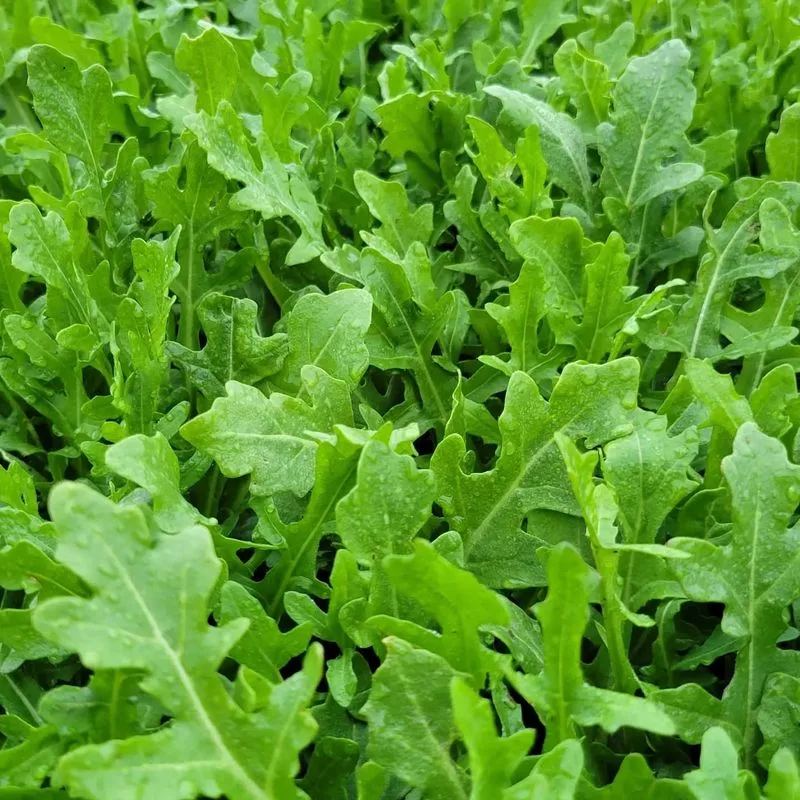
Arugula is known for its peppery taste and speedy growth. However, this leafy green often surprises gardeners by bolting quickly at the slightest hint of warm weather. As temperatures rise, arugula tends to send up flower stalks, turning its leaves bitter. Consider planting it in cooler spots or providing partial shade. Companion planting with taller veggies can also help. Did you know? Arugula has been enjoyed since Roman times and was considered an aphrodisiac. Keep an eye on this one to enjoy its fresh leaves before they turn spicy with flowers.
Spinach
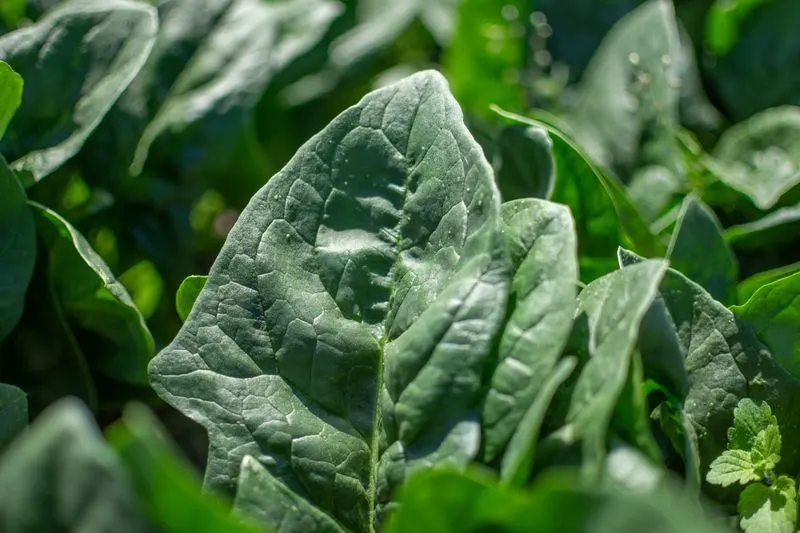
Spinach, a staple in salads, often bolts at the first sign of heat. This cool-weather crop prefers the gentle embrace of spring or fall. As days grow longer, spinach tends to rush into flowering, leaving gardeners with less harvestable leaves. For a prolonged yield, opt for heat-resistant varieties or succession planting. A fun tidbit: Spinach was used by ancient Persians who introduced it to India. Its delicate nature requires attentive care during warmer months, ensuring a continuous supply of tender greens in your garden.
Lettuce
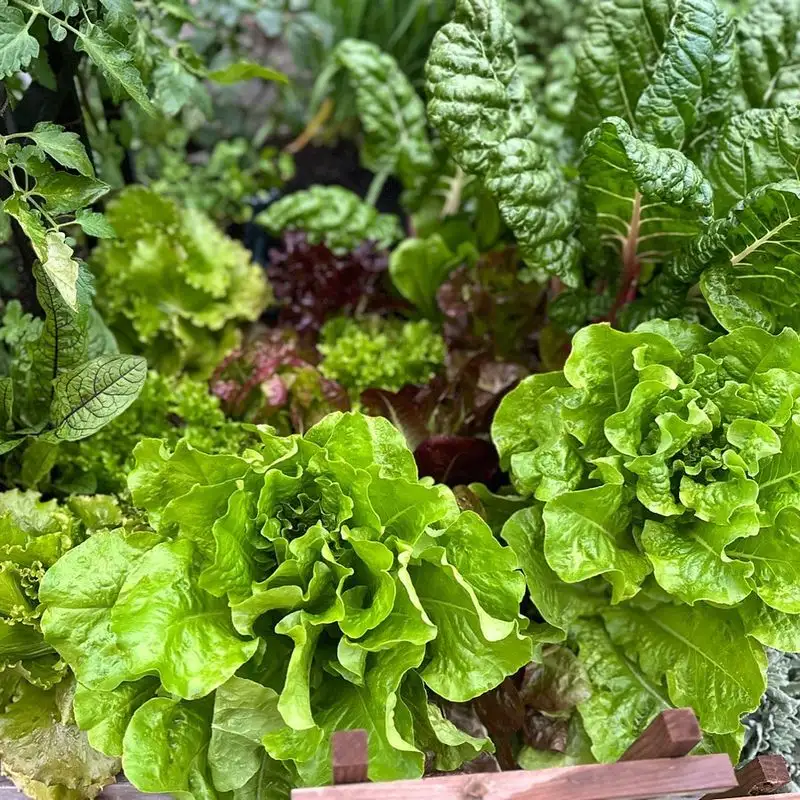
Lettuce, with its crisp and refreshing leaves, often falls victim to sudden temperature spikes. When the weather warms, it tends to bolt, sending up flower stalks and turning leaves bitter. To manage this, consider planting heat-tolerant varieties or using shade cloth. Quick harvesting also helps retain its sweet flavor. Historically, lettuce was cultivated by the ancient Egyptians, who believed it symbolized fertility. This versatile green is a summer favorite, but keep it cool for the best-tasting leaves.
Radishes
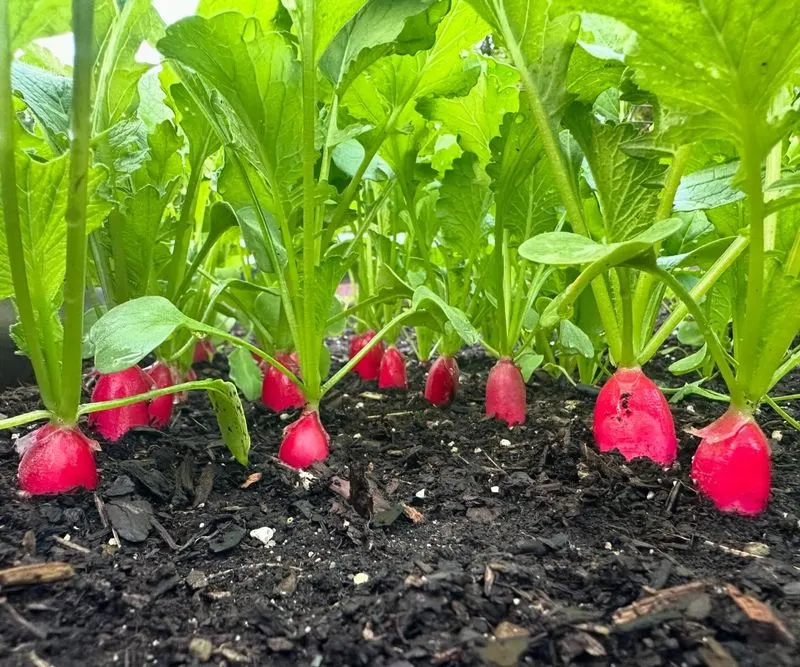
Radishes, with their crisp texture and peppery bite, are a quick-growing delight in any garden. However, as summer heat intensifies, they can bolt, producing flowers instead of tasty roots. Early harvesting prevents this, ensuring a continuous supply of crunchy bulbs. A quirky fact: Radishes were part of the diet of ancient Greek athletes. These little wonders are best enjoyed when grown in cooler soil, providing a refreshing crunch to salads and dishes alike.
Cilantro
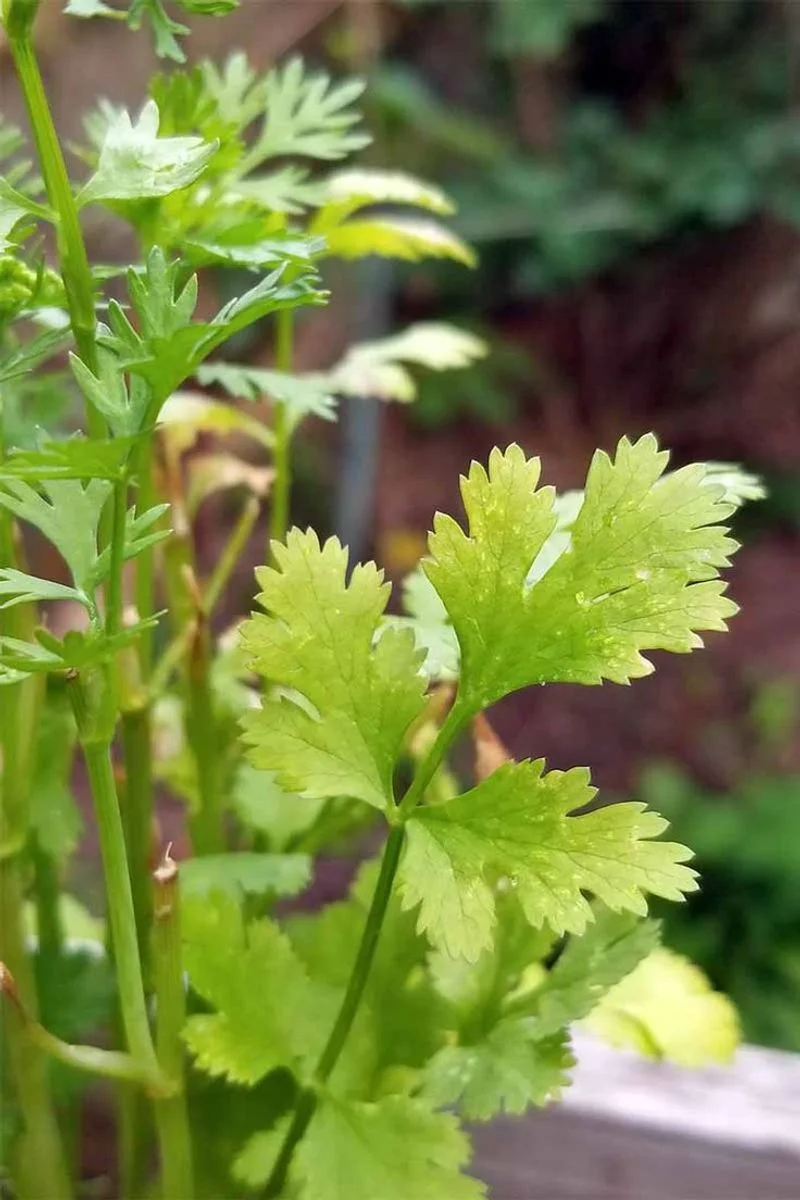
Cilantro’s delicate, fragrant leaves are both a culinary delight and a gardener’s challenge. This herb tends to bolt when temperatures rise, quickly transitioning to seed production. Planting in partial shade or using successive sowing can extend its leafy phase. Interesting tidbit: In Italy, cilantro is called ‘coriandolo’ and is used both fresh and in dried seed form. Keeping this herb cool and moist helps prolong its flavorful presence in the garden.
Basil

Basil, the aromatic king of summer herbs, is not immune to bolting. When temperatures soar, this beloved plant can quickly flower, affecting leaf flavor. Pinching back flowers helps maintain its aromatic leaves. Fun history: Basil was considered a symbol of love in ancient Greece. Providing consistent moisture and occasional shade prolongs the harvest of this essential summer herb, ensuring its spicy-sweet aroma blesses your culinary creations throughout the season.
Kale
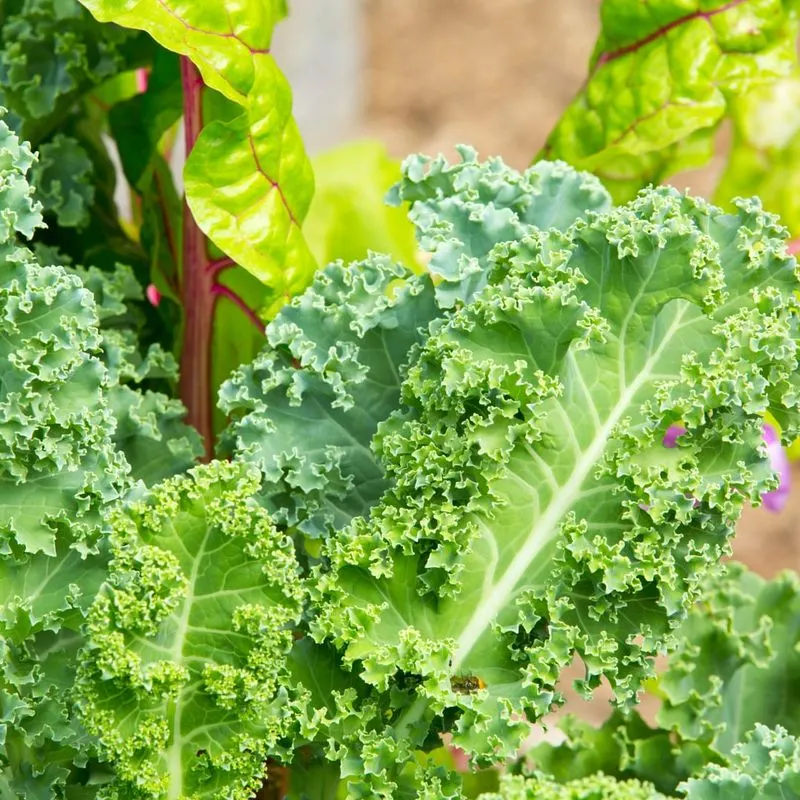
Kale, the nutrient-packed leafy green, might surprise some as a bolting candidate. Although hardy, warmer temperatures can push it to flower, especially if stressed. Regular harvesting and choosing heat-tolerant varieties help maintain its lush foliage. A fascinating fact: Kale was cultivated over 2,000 years ago and was a staple in ancient Roman diets. Its robust character thrives in summer gardens, provided it’s kept cool and consistently watered.
Broccoli
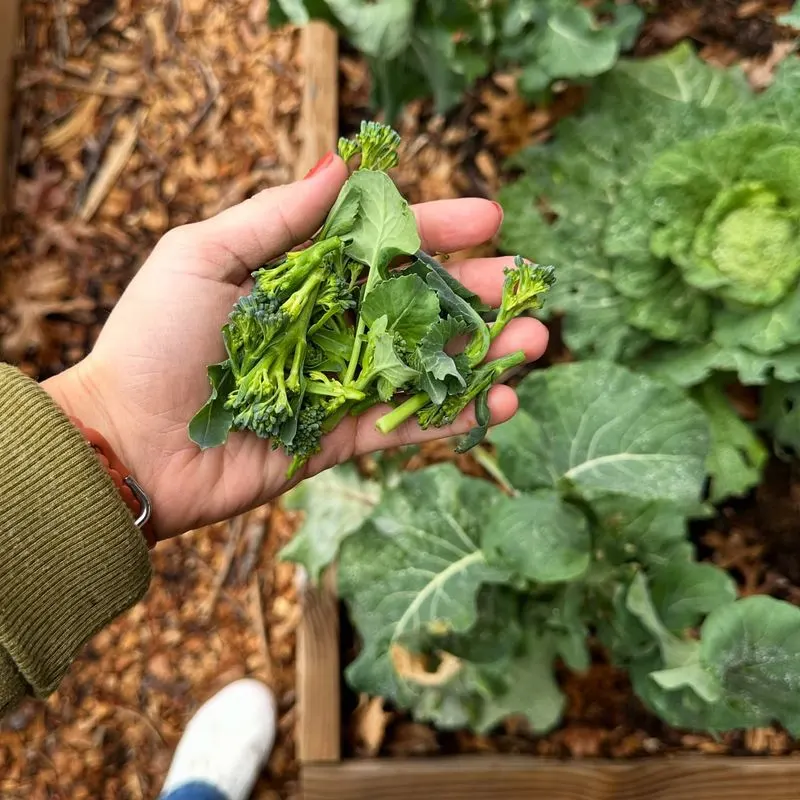
Broccoli, with its tree-like florets, often jumps to flowering when summer heat strikes. Prevent bolting by choosing varieties bred for warmer climates or by providing shade. Did you know that broccoli was first grown in Italy and is part of the cabbage family? Managing this vegetable requires a watchful eye, ensuring you capture its tasty heads before they transition to seed. A beloved addition to both garden and plate, broccoli demands careful timing for the best yield.
Mustard Greens
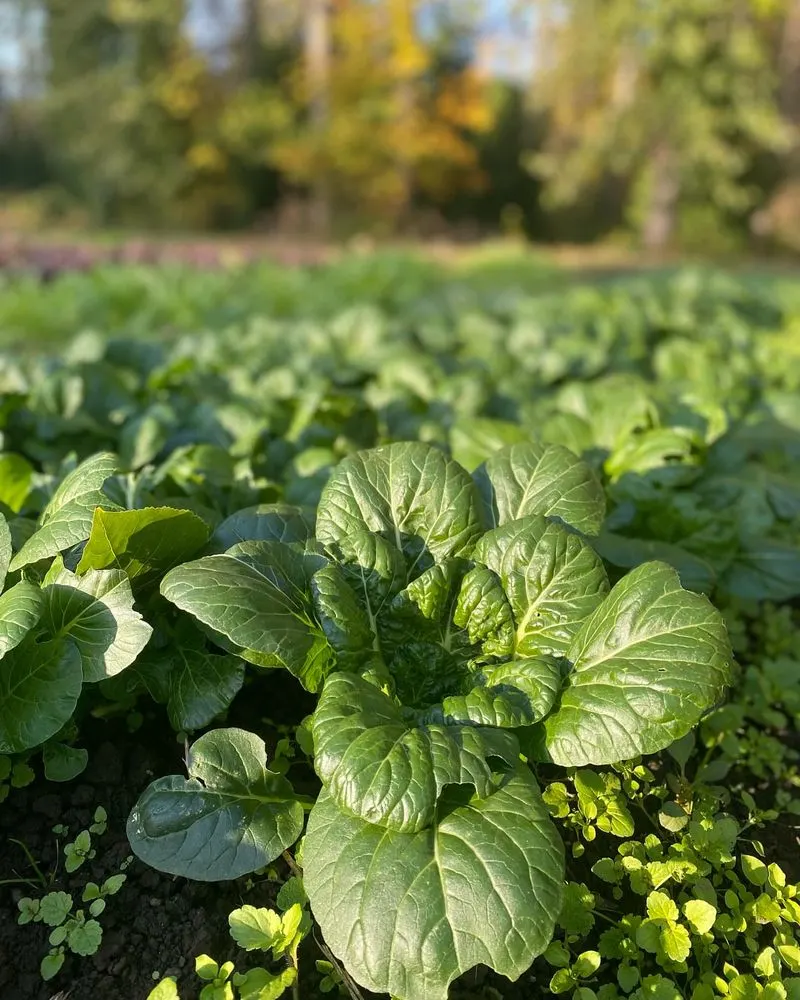
Mustard greens, with their spicy leaves, often race to flower in warm weather, losing their tender texture. To counter this, grow them in cooler parts of the garden or apply mulch to regulate soil temperature. Fun tidbit: Mustard greens have been a staple in Asian cuisine for centuries. Their vibrant leaves not only add a kick to dishes but also require diligent care to enjoy before they bolt, ensuring a delicious and spicy addition to summer meals.
Beet Greens
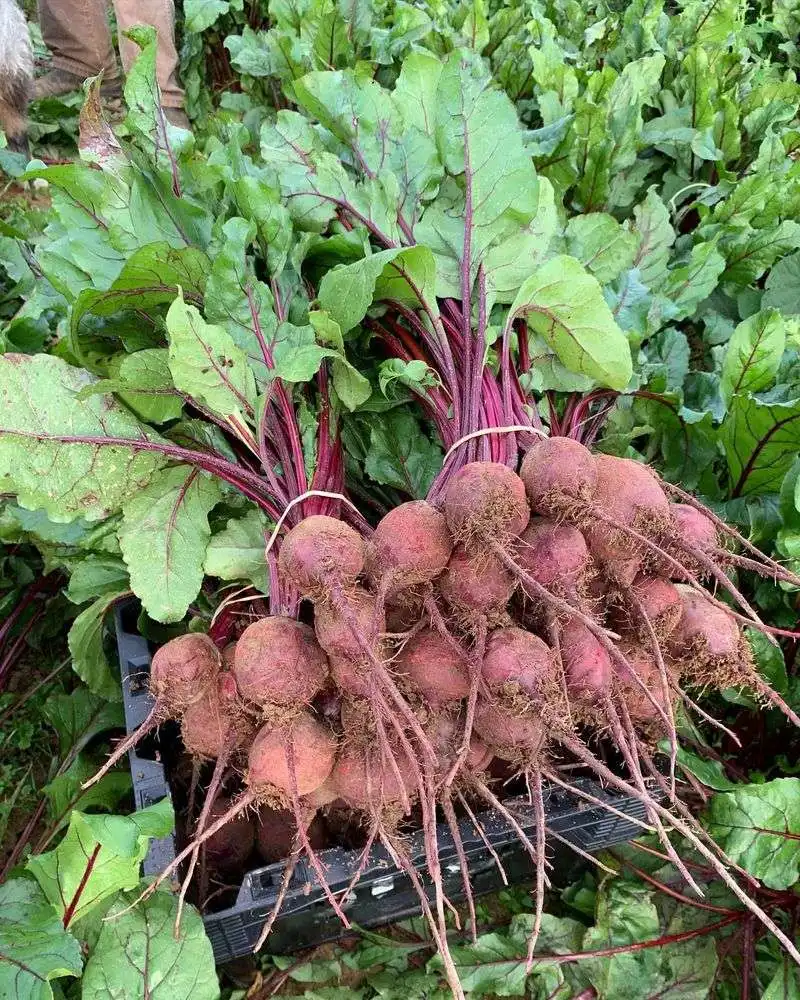
Beet greens, often overshadowed by their root counterparts, are a delightful addition to summer salads. However, rising temperatures can prompt them to bolt, producing flowers instead of lush leaves. Harvesting regularly and providing shade can help maintain their tender nature. Interesting fact: In ancient Rome, beet greens were valued over the roots and used in various culinary dishes. Enjoy these nutritious greens while they last in the gentle embrace of summer.
Bok Choy
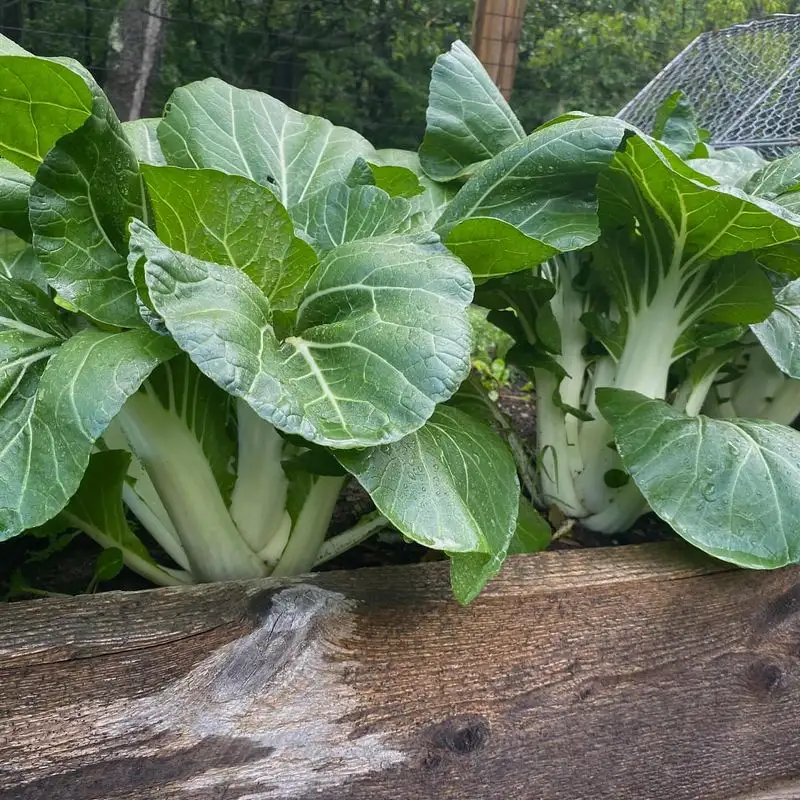
Bok choy, the crisp and juicy Asian green, is notorious for bolting as temperatures rise. It thrives in cooler climates, so planting early or using shade can prolong its harvest. A fun fact: Bok choy has been cultivated in China for over 5,000 years and is a staple in many traditional dishes. Its tender stalks and leaves are best when harvested promptly, ensuring their flavor and texture remain intact for culinary enjoyment.
Cauliflower
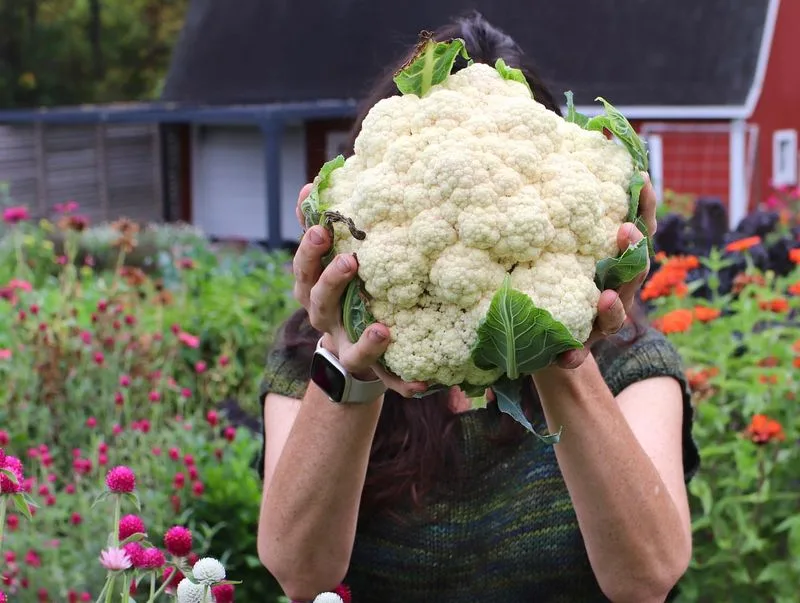
Cauliflower, with its creamy white curds, is a favorite among gardeners but tends to bolt in the heat. Shade cloths and regular watering help prevent premature flowering. Did you know? Cauliflower was introduced to France from Italy in the 16th century. Enjoying its edible head requires vigilance against temperature changes, ensuring it remains a garden staple. With the right care, cauliflower continues to be a versatile and nutritious addition to summer gardening efforts.
Tomatoes
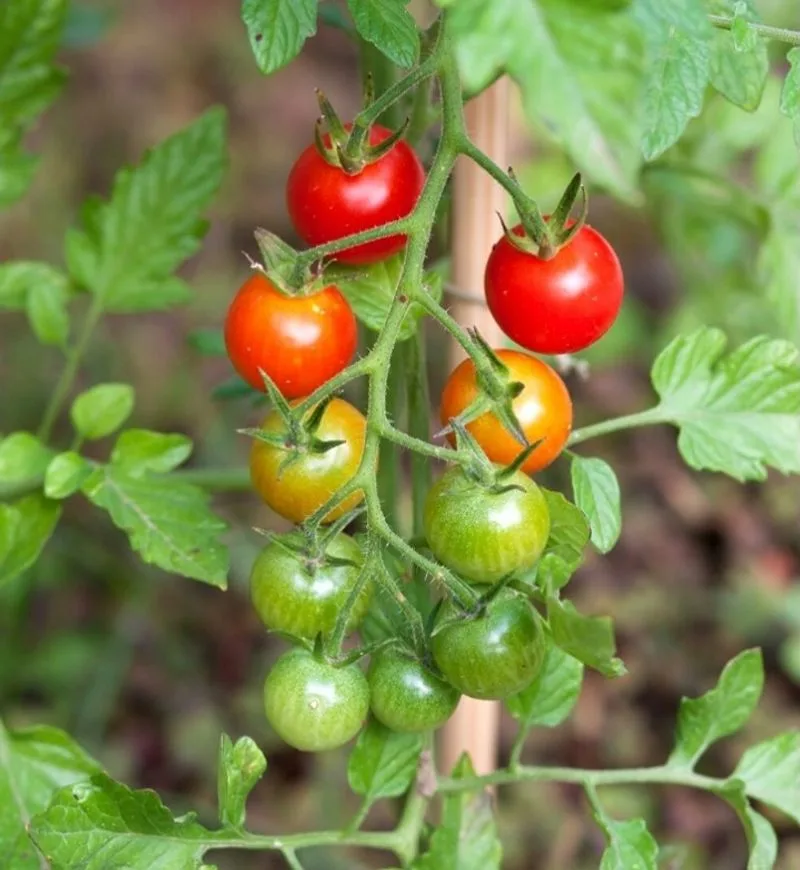
Tomatoes, the quintessential summer fruit, enjoy the warmth and take their time to produce juicy, red gems. Unlike their hasty counterparts, tomatoes patiently soak up the sun, gradually ripening to perfection. Did you know? Tomatoes were once thought to be poisonous in Europe due to their relation to the nightshade family. Their leisurely growth allows gardeners to savor fresh produce throughout the summer, making them a beloved addition to any vegetable patch.
Bell Peppers
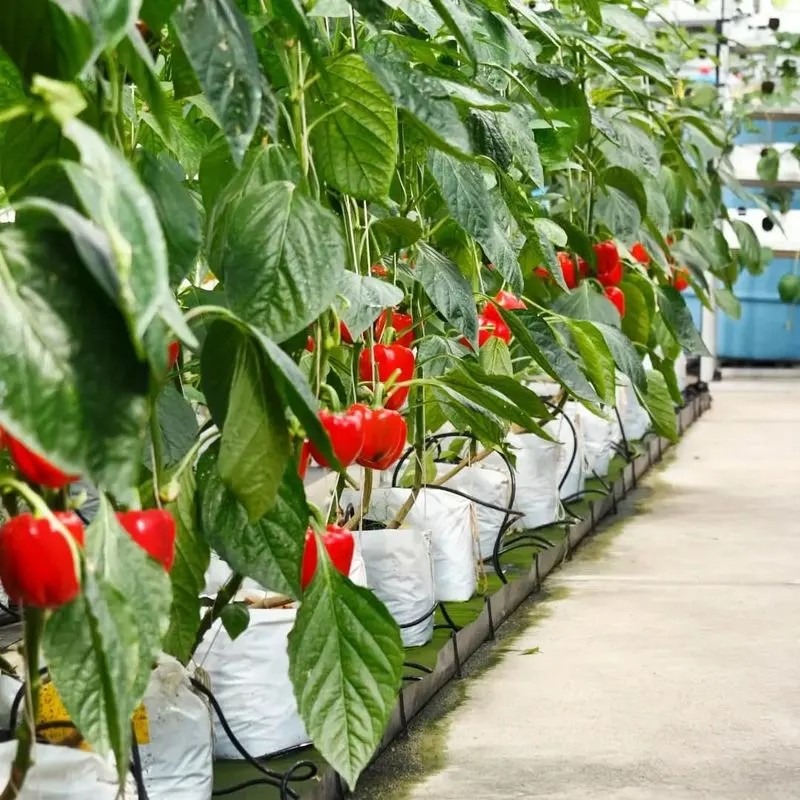
Bell peppers, with their sweet and crunchy texture, are patient summer companions. They bask in the sun, gradually maturing to their colorful potential. Interestingly, all bell peppers start off green and change color as they ripen. This slow transformation ensures a steady supply of these versatile veggies for summer dishes. By providing consistent care and ample sunlight, gardeners can enjoy the fruits of their labor as bell peppers develop their full flavor over time.
Eggplants
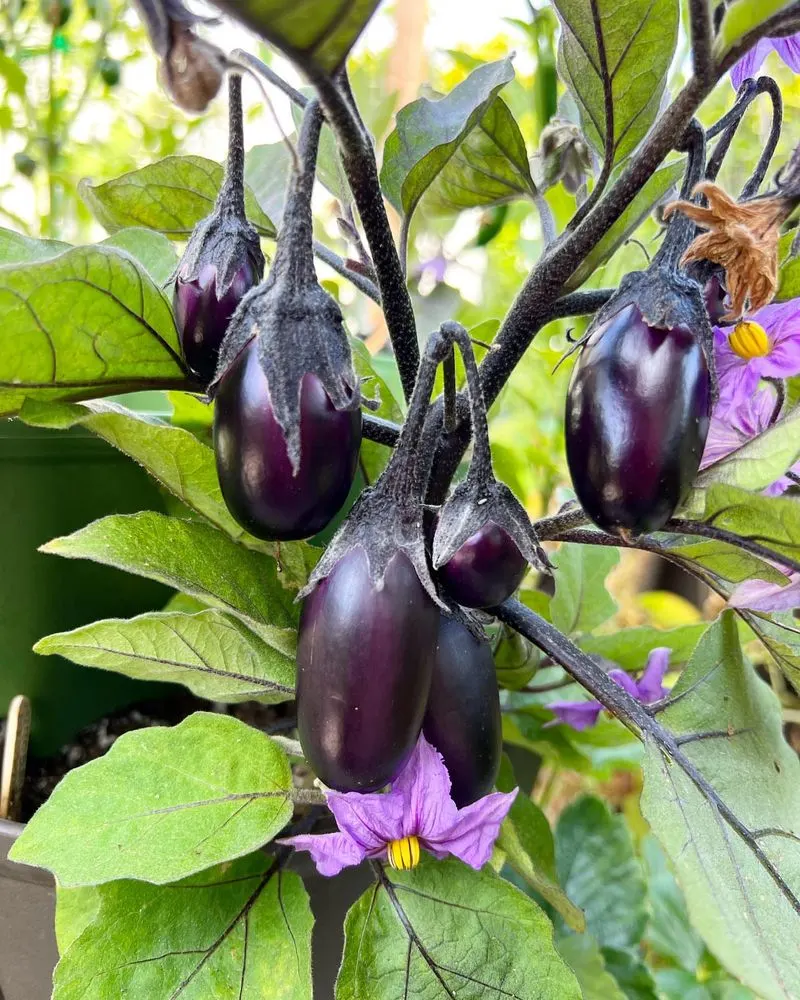
Eggplants, with their glossy purple skins, take their time to mature, enjoying the summer heat. This slow and steady growth allows them to develop their unique flavor and texture. Originating in India, eggplants were first cultivated over 2,000 years ago. Their patient nature ensures a bountiful harvest for gardeners who are willing to wait. Regular watering and full sun exposure help eggplants thrive, providing a delicious addition to a variety of culinary dishes.
Cucumbers
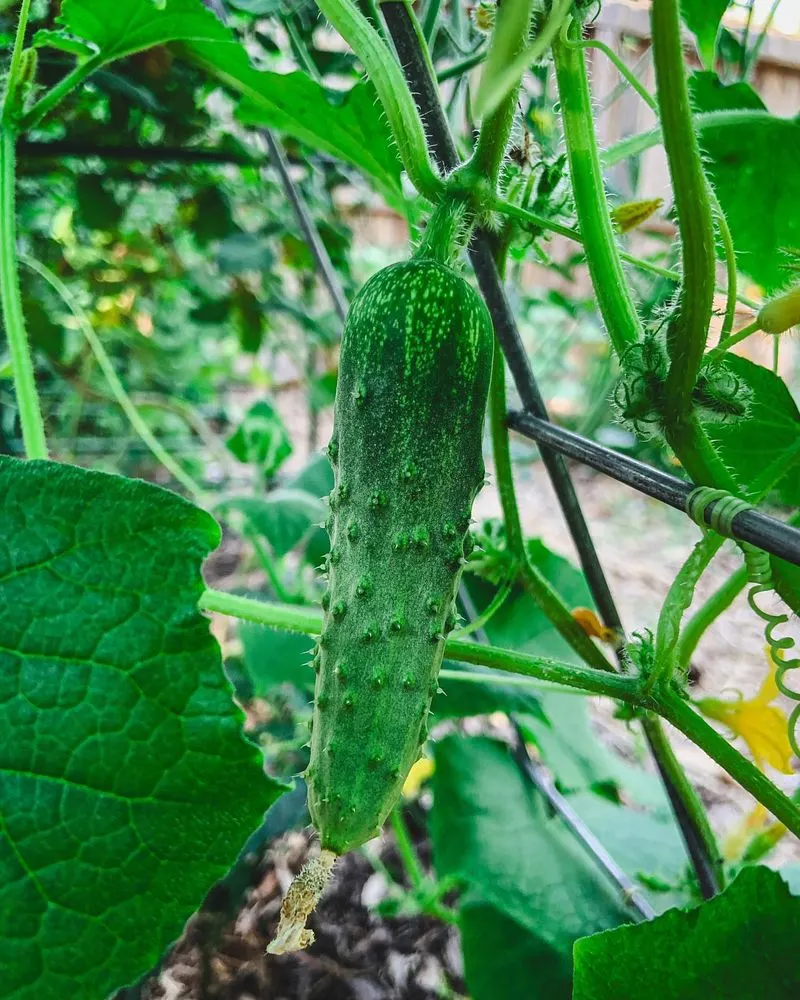
Cucumbers, with their refreshing crunch, thrive in sunny garden spots. They take their time to grow, enjoying the warmth before producing their crisp fruits. A quirky fact: The world’s largest cucumber measured over 47 inches long. Patience is key when growing cucumbers, as their slower pace leads to a more flavorful harvest. Providing support like trellises helps them grow vertically, saving space and ensuring a plentiful supply for summer salads and snacks.
Zucchini
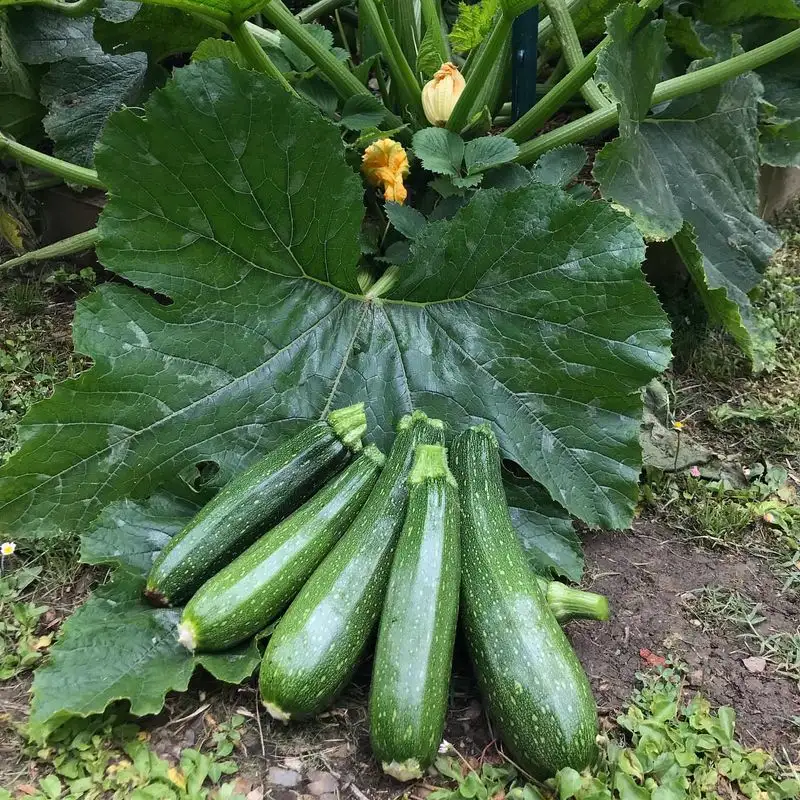
Zucchini, a summer garden favorite, enjoys the sun’s rays while slowly developing its tender squashes. With origins tracing back to Central America, zucchini has become a staple in many cuisines. Its patient growth allows gardeners to enjoy a continuous harvest throughout the season. Maintaining regular watering and removing any oversized fruits helps keep plants productive. This versatile vegetable offers countless culinary opportunities, making it an enduring favorite for summer gardens everywhere.
Okra
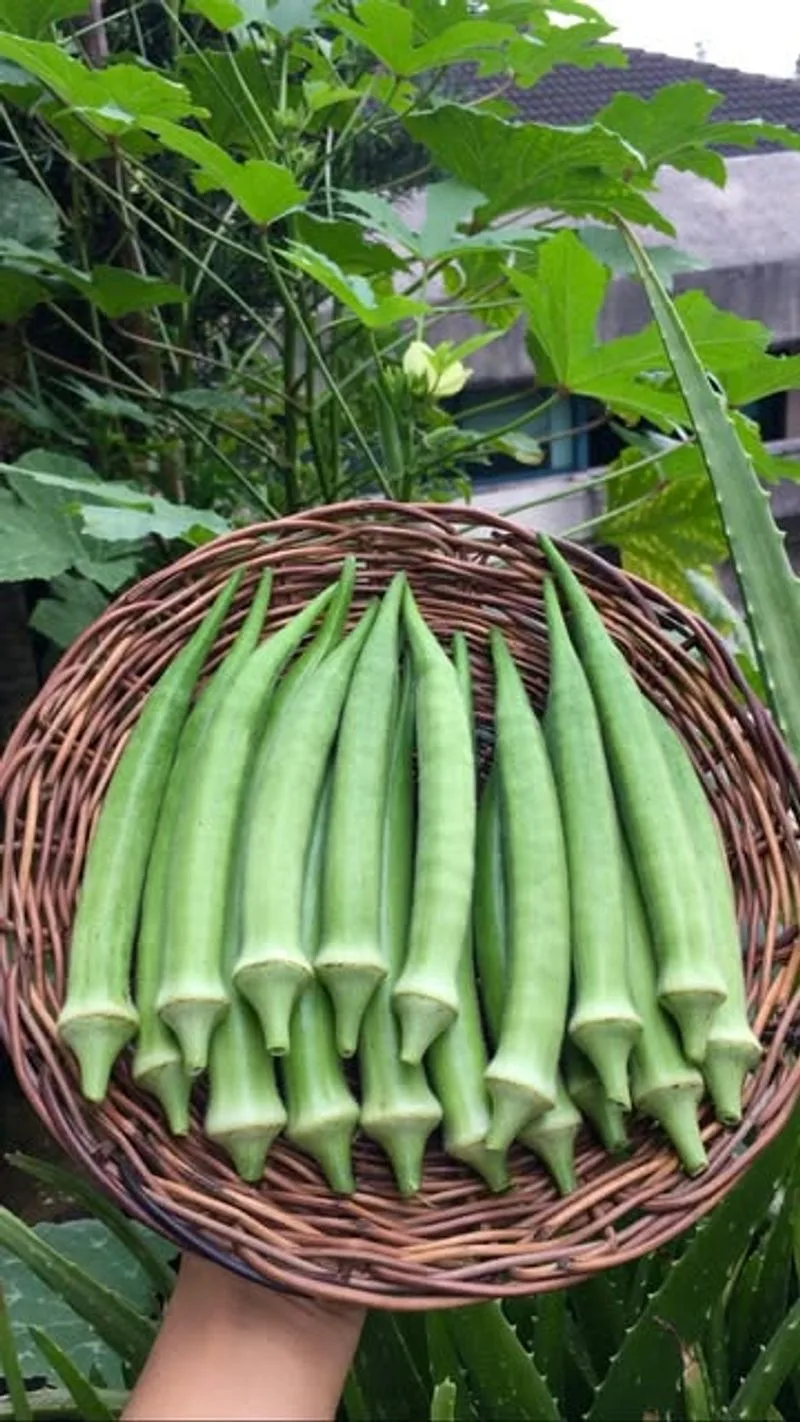
Okra, often dubbed the “lady’s finger,” is a perennial favorite in warm climates. Its patient growth allows it to thrive under the sun, developing tender pods perfect for frying or stewing. A staple in Southern cooking, okra was brought to the Americas via the transatlantic slave trade. With proper care, including consistent watering and full sun, okra plants continue to produce throughout the summer. Their resilience and unique flavor make them a cherished addition to diverse culinary traditions.

